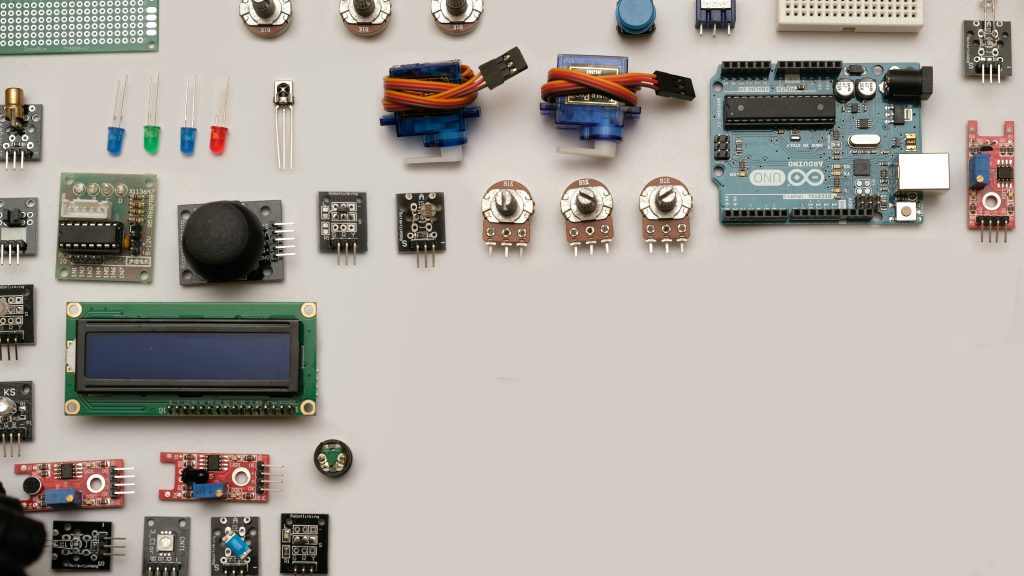What’s Inside Your Smartphone? A Look at Modern Components
2 Introduction
1 Smartphones are pocket-sized supercomputers. 2 But what makes them tick?
3 Let’s take a look under the hood.
3 System-on-a-Chip (SoC): The Brain
1 Combines CPU, GPU, memory controller, and sometimes AI/ML accelerators.
2 Popular SoCs: Apple A-series, Qualcomm Snapdragon, Samsung Exynos, MediaTek Dimensity.
3 Responsible for: processing, graphics, and running apps.
4 GPU: Graphics Processing Unit
1 Handles graphics rendering for gaming, UI animations, and AR/VR features.
2 Modern GPUs also assist in AI computations (think: Face ID, camera effects).
5 Battery: The Power Source
1 Usually Li-ion or Li-polymer.
2 Measured in mAh — higher means more capacity.
3 Smart battery management chips optimize charging, longevity, and safety.

6 Cameras: Tiny Optical Powerhouses
1 Sensors from Sony, Samsung, and others.
2 Lenses + software = wide-angle, ultra-wide, telephoto, macro.
3 Computational photography enhances results using AI (night mode, portrait blur).
7 Display: Where It All Comes to Life
1 AMOLED (Samsung, OnePlus, Pixel) or OLED/LCD (some budget phones).
2 High refresh rates (90Hz, 120Hz) for smooth scrolling.
3 In-display fingerprint sensors in some devices.
8 Modem & Connectivity Chips
1 Handles cellular (4G, 5G), Wi-Fi, Bluetooth, GPS, and NFC.
2 Integrated into SoC or separate chips.
3 5G modems are becoming standard in mid-to-high-end devices.
9 AI/ML Hardware (Neural Engines)
1 Dedicated processors for tasks like:
2 Real-time translation
3 Smart photo sorting
4 Voice assistants (Siri, Google Assistant)
5 Found in Apple Neural Engine, Google Tensor, and Snapdragon’s Hexagon DSP.
10 Sensors: Smarts Behind the Scenes
1 Accelerometer: Detects motion/tilt
2 Gyroscope: Orientation (for games, AR)
3 Magnetometer: Compass
4 Proximity sensor: Knows when it’s near your face
5 Ambient light sensor: Adjusts brightness

11 Security Chips
1 Secure Enclave or Trusted Execution Environment (TEE) stores:
2 Fingerprints
3 Face data
4 Encryption keys
5 Essential for secure payments and privacy.
12 Storage & RAM
1 Flash storage (UFS 3.1, UFS 4.0) = faster app and data loading.
2 RAM (LPDDR5, etc.) helps with multitasking and speed.
13 Thermal Management
1 Heat pipes, graphite sheets, or even vapor chambers in gaming phones.
2 Keeps the SoC cool under heavy loads.
14 Motherboard: The Nerve Center
1 Everything connects here.
2 Tiny and densely packed using multiple PCB layers.
Conclusion
Your smartphone is a mini marvel of engineering, cramming all these components into a sleek shell that fits in your hand.
Understanding what’s inside gives you a new appreciation every time you swipe, snap, or scroll.






